VR Bytes Edu: Creative Ways to Use Current Hardware for VR
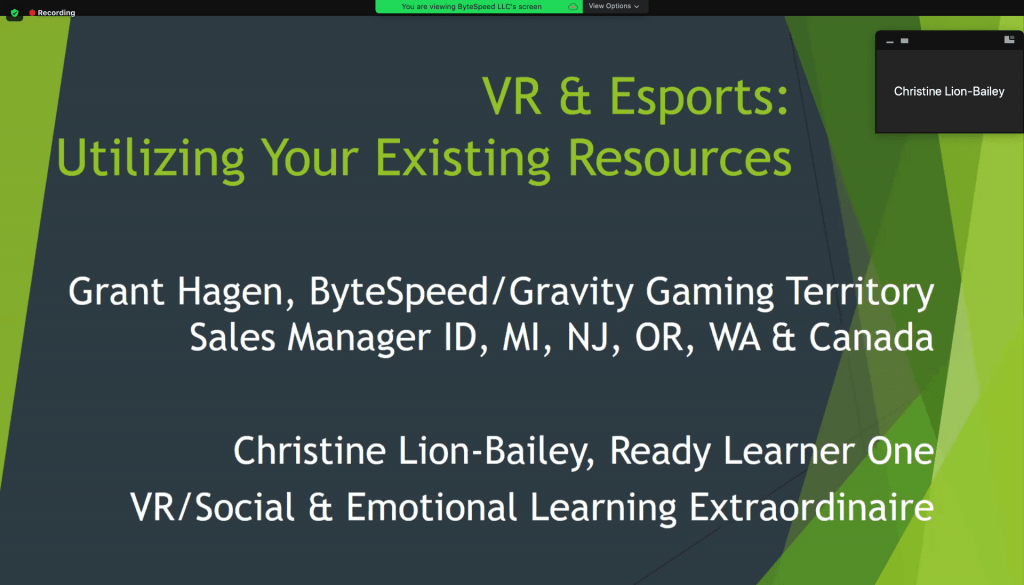
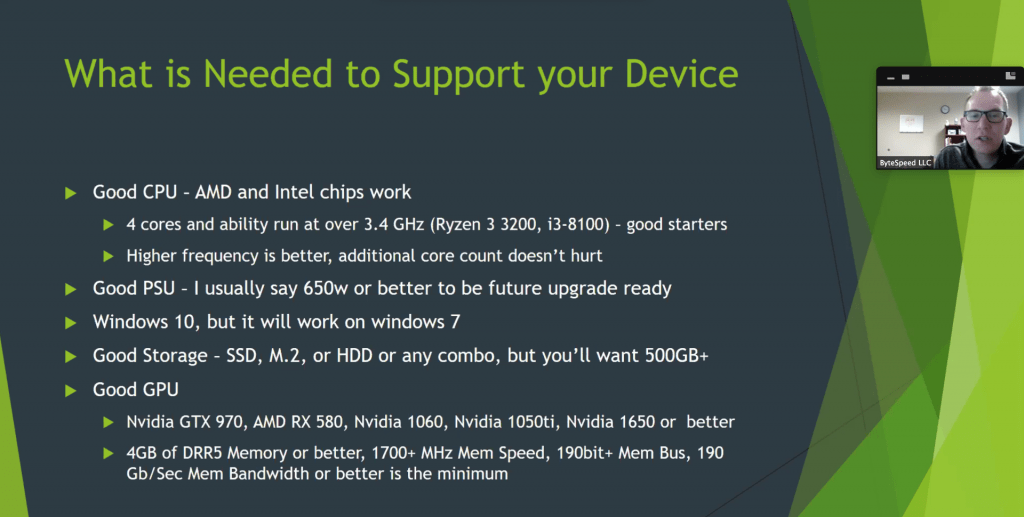
https://www.ovationvr.com/
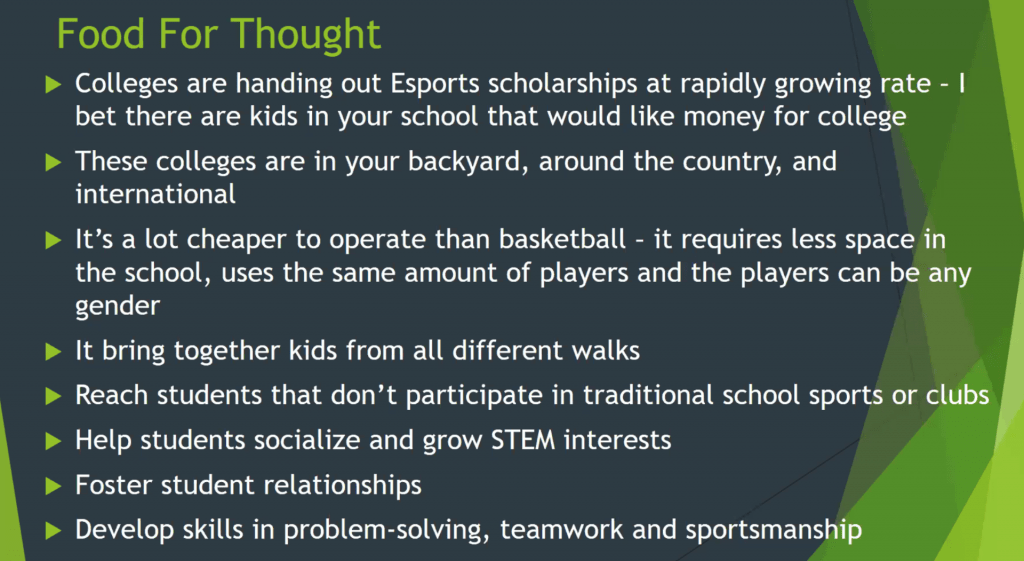
++++++++++++++++++
more on VR in this IMS blog
https://blog.stcloudstate.edu/ims?s=virtual+reality
Gamification Network: Exploring Gamification through the Octalysis Lens
Mary Nunaley
Karl Kapp The Gamification of Learning and Instruction
Kevin Werbach, Dan Hunter How Game Thinking Can Revolutionize Your Business
Yu-Kai Chou gamification design. Octalysis. https://www.gish.com/
8 core drives:
Meaning
Accomplishment
Empowerment
Ownership
Social Influence. social media, instagram influencers
Scarcity: scarcity with homework deadlines, coupons at the store
Unpredictability and curiosity. scavenger hunt in courses. careful when teaching.
Avoidance
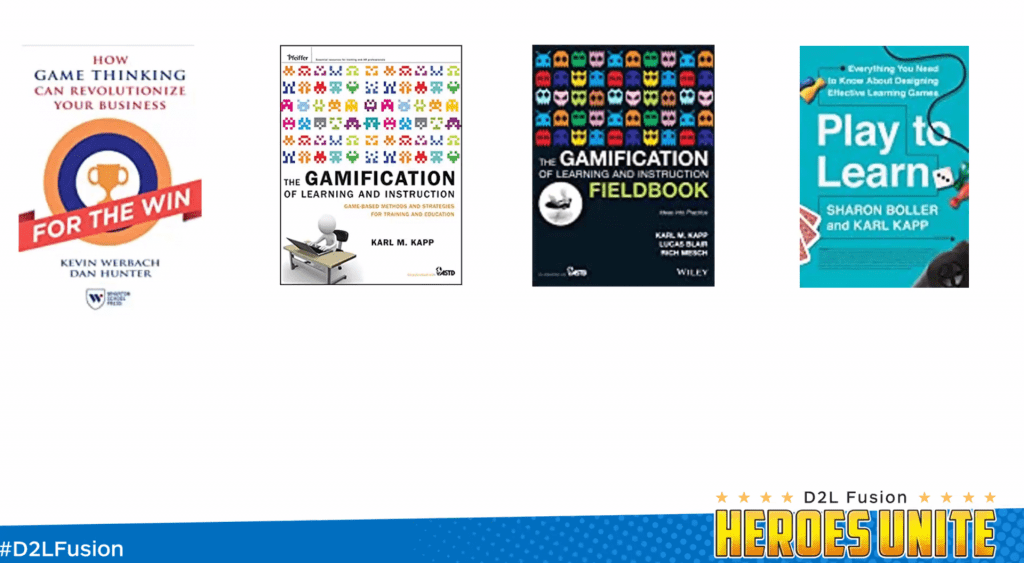
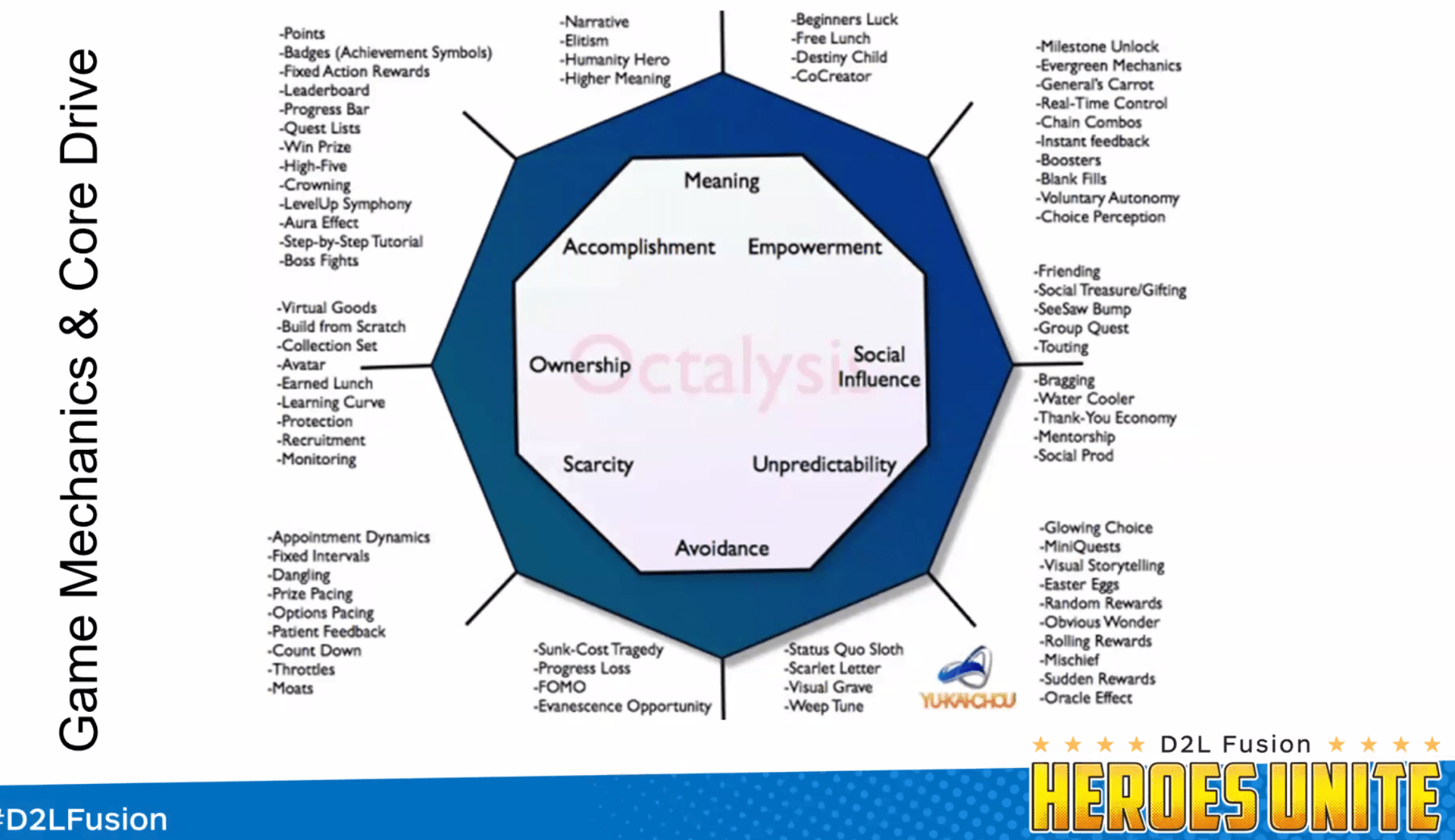
The Octalysis Framework for Gamification & Behavioral Design
https://www.d2l.com/resources/webinars/
motivation
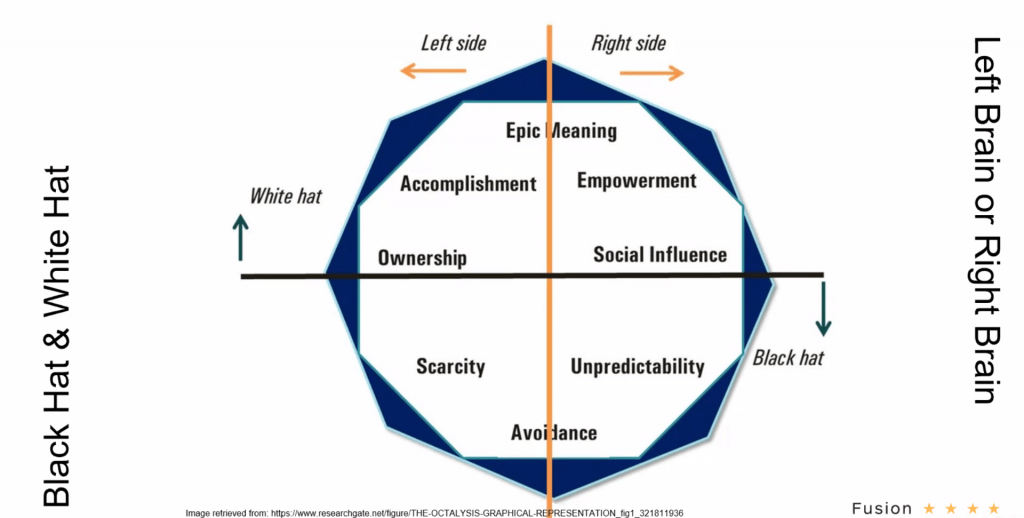
+++++++++++++++
https://yukaichou.com/octalysis-tool/
+++++++++++++++
https://island.octalysisprime.com/
+++++++++++++
https://yukaichou.com/
+++++++++++++
Lavender Dragon | Online Courses and Gamification
++++++++++++++
++++++++++++
more on gamification in this IMS blog
https://blog.stcloudstate.edu/ims?s=gamification
Podcast: The Link Between Academic Fraud and Cybersecurity Risk
https://campustechnology.com/articles/2020/10/23/podcast-the-link-between-academic-fraud-and-cybersecurity-risk.aspx
how essay mills operate and how academic fraud websites can lead to more serious cybersecurity threats. It’s a wild ride through falsified app reviews, shoddy workmanship and a rabbit hole of malicious activity.
+++++++++++++++
https://blog.stcloudstate.edu/ims?s=Academic+Fraud
more on academic fraud in this IMS blog
more on cybersecurity in this IMS blog
https://blog.stcloudstate.edu/ims?s=cybersecurity
https://www.techopedia.com/definition/25604/virtual-world
A virtual world is a computer-based online community environment that is designed and shared by individuals so that they can interact in a custom-built, simulated world. Users interact with each other in this simulated world using text-based, two-dimensional or three-dimensional graphical models called avatars. Avatars are graphically rendered using computer graphics imaging (CGI) or any other rendering technology. Individuals control their avatars using input devices like the keyboard, mouse and other specially designed command and simulation gadgets. Today’s virtual worlds are purpose-built for entertainment, social, ed
Girvan, C. (2018). What is a virtual world? Definition and classification.
Educational Technology Research and Development,
66(5), 1087–1100.
https://doi.org/10.1007/s11423-018-9577-y“definitions of virtual worlds lack an essential conceptualisation of what a virtual world is. The propensity towards a techno-centric definition has its advantages as it allows for a myriad of user experiences, however it results in confusion between technologies with similar technical features, most likely because a virtual world, much like a smart phone, relies on a combination of different technologies.
Shared, simulated spaces which are inhabited and shaped by their inhabitants who are represented as avatars. These avatars mediate our experience of this space as we move, interact with objects and interact with others, with whom we construct a shared understanding of the world at that time.”
https://www.yourdictionary.com/virtual-world
A 3D computer environment in which users are represented on screen as themselves or as made-up characters and interact in real time with other users. Massively multiuser online games (MMOGs) and worlds such as Second Life are examples. See MMOG, MMORPG, Second Life and metaverse.
++++++++++
more on virtual worlds in this IMS blog
https://blog.stcloudstate.edu/ims?s=virtual+worlds
http://ismar20.org/
++++++++++++++++
more on virtual worlds in this IMS blog
https://blog.stcloudstate.edu/ims?s=virtual+worlds
https://www.facebook.com/groups/elearngdeveloping/permalink/10164385188890542/
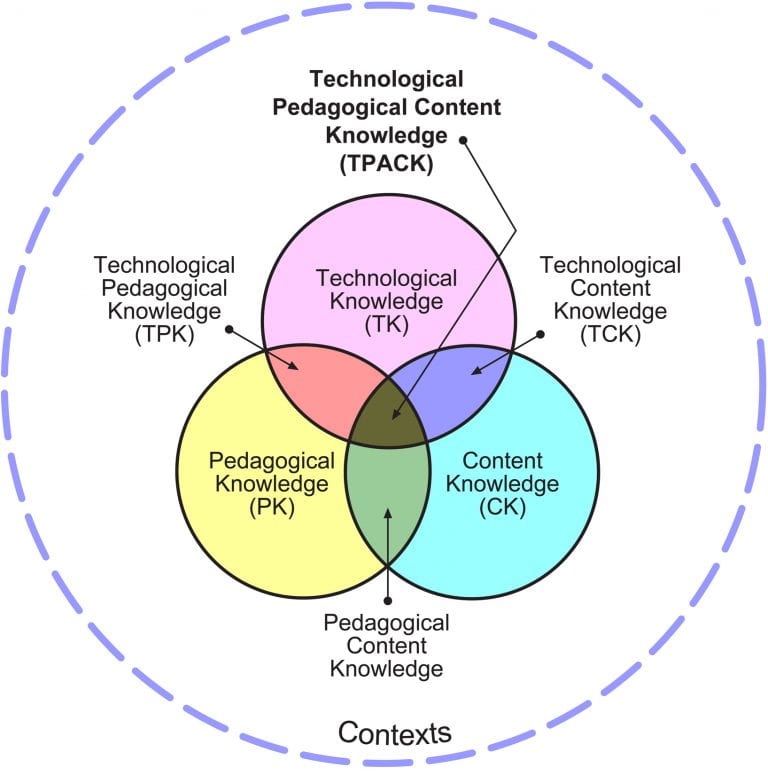
How have you experienced the teachers move from face to face to online learning?
What is the biggest challenge created by the transition ?
How have you managed the challenge?
What are opportunities for instructors , regarding the transition to online learning ?
What have you done to ensure a smooth transition?
As previously mentioned the core of my arguments centre around the TPACK model. Based on the TPACK I propose that the move to online learning must be supported by the instatement of a Professional Development Program.
+++++++++++++++++
More on TRACK model and SAMR in this blog
https://blog.stcloudstate.edu/ims?s=track+model








